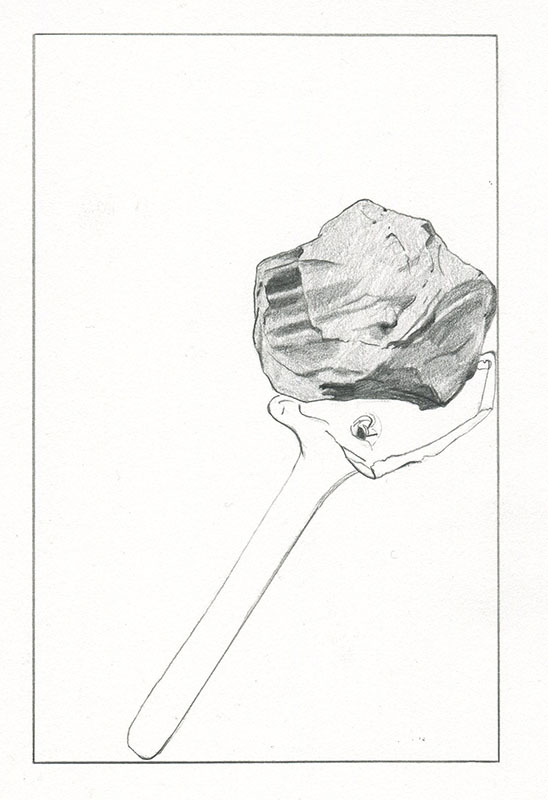RIBA Bookshop launched ANCHOR on Tuesday 9 February at their bookshop on Portland Place, London. ANCHOR is a book that has been edited by Joe Graham, who collected drawn and written interpretations of outline. The launch had an in-conversation session about the project with Joe Graham, Chantal Faust and Tom Morton.
ANCHOR is the collection of 14 artists, architects, writers and thinkers who were summoned by Joe Graham to collaborate in a drawing research project. In an attempt to unravel the shape-shifting mystery that lies behind the humble drawn line, each contributor has been assigned the task of interpreting that which defies detailed definition.
What is Outline? A summary, a sketch. A line around things, concealing what lies beyond the line’s plane, revealing what it conceals. A concept with endless possible forms, until someone gives it a shape that changes with every new answer. Or perhaps a melody in time, like the one suggested in Claude Heath’s multidimensional musical scores.
The collection of artists who contributed to ANCHOR, including Camberwell’s Kelly Chorpening, were: Gemma Anderson, Steven Dickie, Thomas Falstad, Chantal Faust, Deborah Harty, Claude Heath, Andrew Hewish, Paul McDevitt, Tom Morton, Phil Sawdon, Gordon Shrigley, Virginia Verran and Joe Graham.
Kelly Chorpening told us more about being asked to contribute and her piece:
“The editor Joe Graham invited me to contribute 10 pages for the book with the explanation that it was to be about outline – what the outline means, what it does. I was one of 14 contributors and we were all given the same page template to work with – an outlined window within the blank page. I was also given a word ‘doubt’ to respond to in relation to outline. Whilst some produced written responses, mine was strictly drawn, depicting objects I collect on walks in relation to each other. In each, there is a proposition of a relationship, for example a visual similarity, or possible function between two randomly collected and unrelated objects. The image below is one of the series, showing a fossil being propped up by a broken clay pipe, within the outlined window. Here, the slowed down process of looking and drawing becomes a means of contemplation of the possibility of larger world orders or forces, whether they might exist.”
Relevant links:
BA Drawing: www.arts.ac.uk/camberwell/courses/undergraduate/ba-drawing

